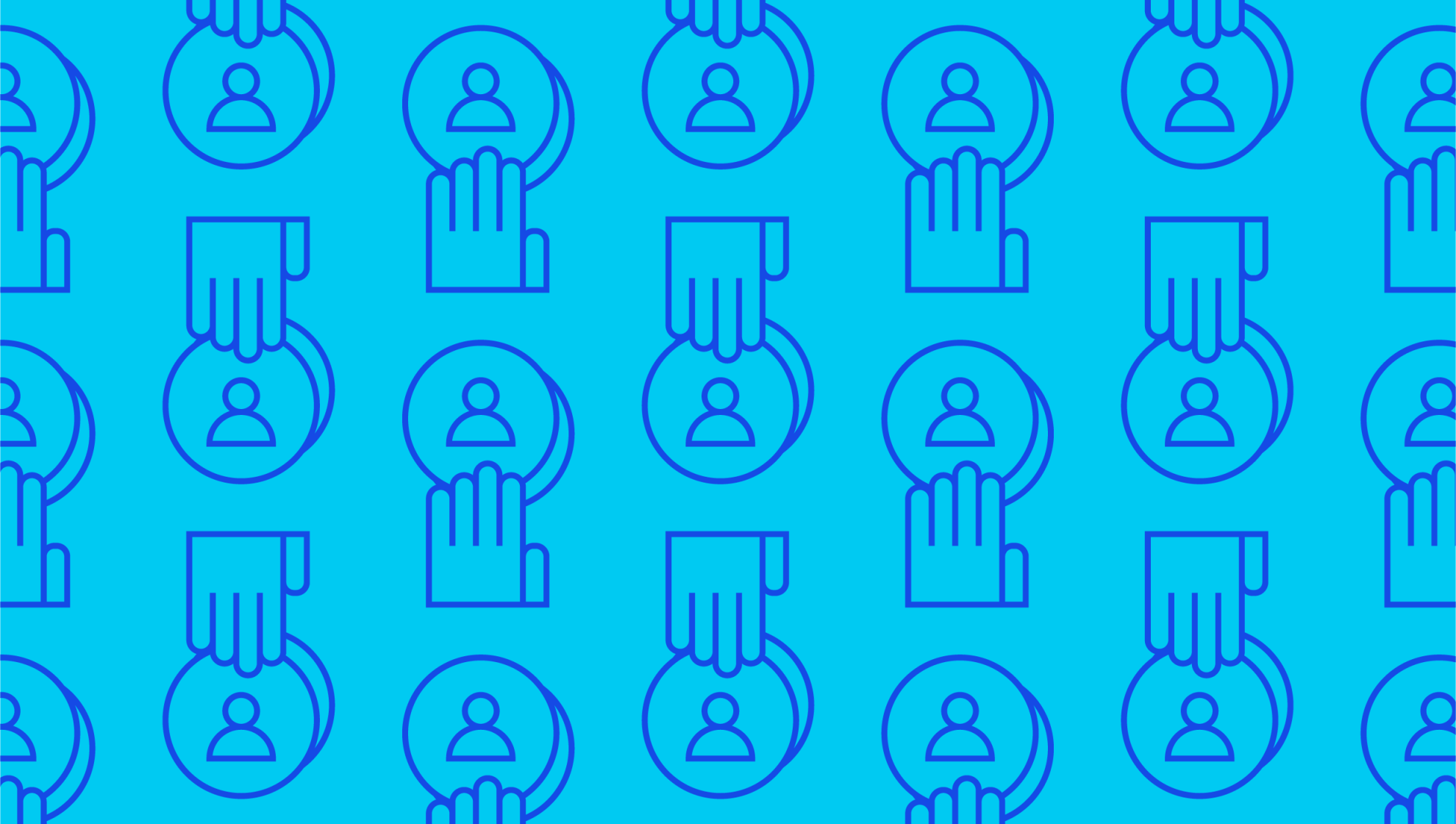Last editedJul 20222 min read
Your business growth relies on you retaining, rather than losing customers, so if your company is losing customers (customer churn) faster than gaining them, this is a red flag you can’t ignore. If your NPS scores are low, you’re receiving negative reviews on social media or customer cancellations are rising, it’s time to act. First and foremost, you need to understand whether you’re experiencing voluntary vs involuntary churn. Involuntary churn (also known as passive or delinquent churn) can be down to a number of reasons including:
A customer failing to update their billing information
Cards being declined because they’re lost or stolen
Credit cards getting maxed to the limit
Other types of bank declines
Find out everything you need to know with our helpful guide.
Difference between voluntary churn and involuntary churn
Voluntary churn occurs when a customer makes a proactive decision to end a subscription. Maybe they’ve decided they can get better value elsewhere, for example.
Involuntary churn is when the subscription ends but it was not a deliberate choice by the customer. For example, when payment fails due to outdated payment information on an account or a server error, it’s a case of involuntary churn.
When looking at voluntary churn vs involuntary churn, the former type of churn indicates an underlying problem with customer experience. If this is the case, you need to dig deep and examine your business model to rectify things. Involuntary churn, on the other hand, usually involves a needless and often avoidable dropping off of customers. There are different reasons behind voluntary vs involuntary churn, but both will cause big problems down the line. Customers may be happy with your product and service, but they’ll be frustrated that their subscription has ended due to a technical error or because of an action they inadvertently failed to take.
How can you reduce involuntary churn?
Involuntary churn occurs behind the scenes, and there are multiple touch points where payments can go wrong, from payment gateways and processors to card networks. Here are several tried and tested methods to consider when you’re looking at how to reduce involuntary churn:
Set up in-app messages to remind customers about the expiry date on their credit cards. Then, prompt them to enter new credit card information. Few credit card companies take this proactive step for their customers, so step in and provide it yourself. This provides your customers with a valuable service and works to decrease failure rates
Quickly follow up failed payments - If you haven’t managed to catch a payment failure before it happens, send email messages to customers to alert them about the issue and provide them with a direct link where they can enter their new information
Don’t lock customers out of your app as soon as a payment fails. Notify them in the app about what’s happened and give them sufficient time to sort things out. If they haven’t fixed their billing info in the grace period, put up a paywall with a form so they can update their data and re-access the app
Switch to direct debit. Direct debit is designed to handle recurring payments, and in contrast with credit and debit cards, there’s no expiration date
Subscription business involuntary churn
Subscription business involuntary churn is the percentage at which SaaS customers – often unknowingly – have their recurring revenue subscriptions cancelled. SaaS churn is the opposite of growth, which is the primary objective of most subscription-based businesses. Subscription business involuntary churn wastes the time and investment spent on acquiring new customers. For this reason it’s essential for SaaS companies to stop involuntary churn in its tracks and ensure customers stick around for the long term.
Churn is not a word any business wants to hear, especially subscription-based businesses. Having said that, dealing with involuntary churn doesn’t require any major changes to the business model. There are practical steps you can take to prevent it.
We can help
GoCardless helps you automate payment collection, cutting down on the amount of admin your team needs to deal with when chasing invoices. Find out how GoCardless can help you with ad hoc payments or recurring payments.


